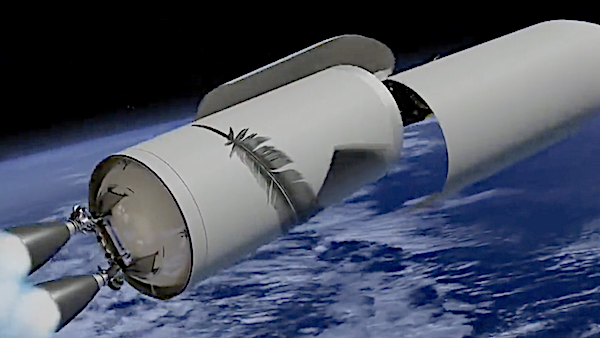
Blue Origin is opting to delay again the launch of New Glenn due to unfavorable weather conditions. Blue Origin’s spokesperson said, “Sea state conditions are still unfavorable for booster landing. We’re shifting our NG-1 launch date by one day to no earlier than January 13. Our three-hour window remains the same, opening Monday at 1 a.m. EST (0600 UTC).” released in a Saturday afternoon email.
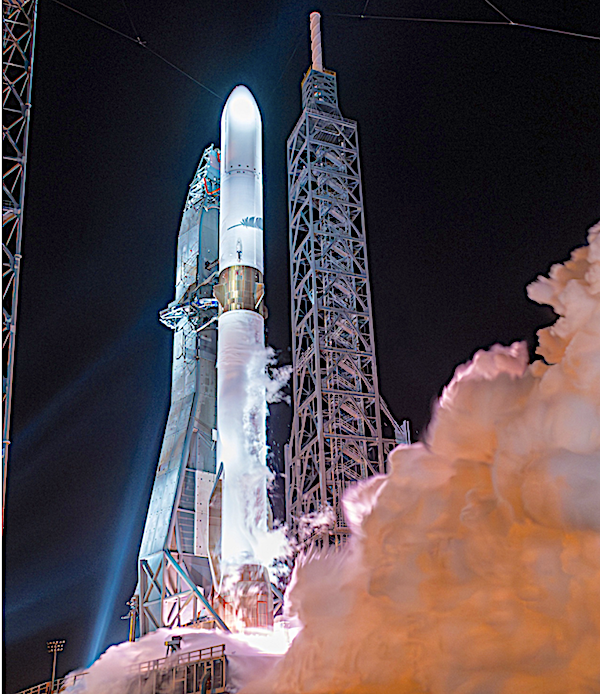
The importance of smooth waters is that after stage separation the New Glenn first stage will descend and try to land atop the drone ship Jacklyn, named for Amazon founder Jeff Bezos’ mother. Rough waves can reach heights of 10 feet making the mission impossible.
Blue Origin scrubs and reschedules New Glenn’s first launch due to rough Atlantic seas, and pays a fine
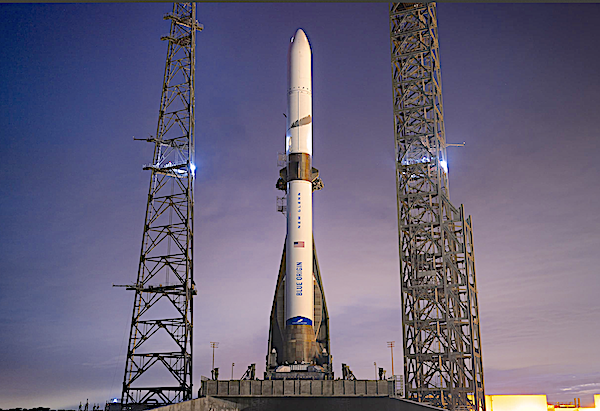
Blue Origin‘s scrub at the countdown of the launch of its first New Glenn heavy-lift rocket at 1:00 a.m. EST (0600 GMT) on Friday, January 10, was called due to rough weather in the Atlantic Ocean — where part of the rocket is expected to land, resulting in a two-day delay.
The launch is now set for Sunday, January 12, at the same time from Blue Origin’s pad at the Cape Canaveral Space Force Station in Florida. You’ll be able to watch the New Glenn launch live on Space.com, courtesy of Blue Origin.
“We’re shifting our NG-1 launch date to no earlier than January 12 due to a high sea state in the Atlantic where we hope to land our booster,” Blue Origin wrote in a statement on the social media site X today, January 9. “Our three-hour window remains the same, opening Sunday at 1 a.m. EST (0600 UTC).
Additional news:
Just days before Blue Origin’s launch the company was fined for a previous New Glenn test conducted without a permit in which the Florida Department of Environmental Protection (FDEP) issued a $3,000 fine, adding up to a $3,250 plus costs, to Blue Origin for the unauthorized use of a water deluge system during a static fire test of its New Glenn rocket, according to local media reports.
In September 2024, Blue Origin ran a fueling test of its upcoming rocket at Launch Complex 36 at Cape Canaveral Space Force Station, Florida. The hot fire test lasted for 15 seconds, and its purpose was to “validate interactions between the subsystems on the second stage, its two BE-3U engines, and the ground control systems,” Blue Origin wrote in a statement at the time. The FDEP, however, had not yet issued Blue Origin the required permission to use the launch pad’s water deluge system, but the company went ahead and used it anyway, resulting in the fine.
New Glenn’s first launch now on for ‘no earlier than Friday’
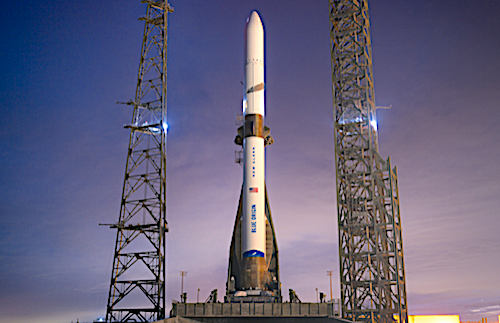
New Glenn’s inaugural mission (NG-1) is targeting no earlier than Friday, January 10, from Launch Complex 36 at Cape Canaveral Space Force Station, Florida. The three-hour launch window opens at 1 a.m. EST (0600 UTC). NG-1 is our first National Security Space Launch certification flight. The payload is our Blue Ring Pathfinder. It will test Blue Ring’s core flight, ground systems, and operational capabilities as part of the Defense Innovation Unit’s (DIU) Orbital Logistics prototype effort.
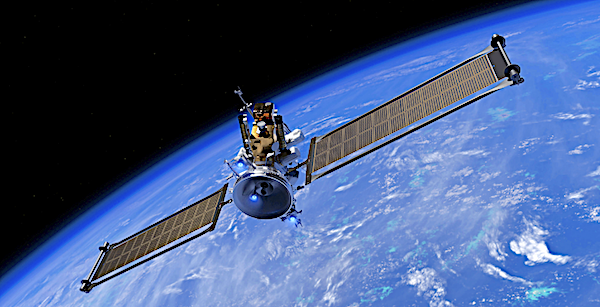
Our key objective is to reach orbit safely. We know landing the booster on our first try offshore in the Atlantic is ambitious—but we’re going for it. “This is our first flight and we’ve prepared rigorously for it,” said Jarrett Jones, SVP, New Glenn. “But no amount of ground testing or mission simulations are a replacement for flying this rocket. It’s time to fly. No matter what happens, we’ll learn, refine, and apply that knowledge to our next launch.”
Blue Origin’s payload for New Glenn’s first mission will carry the company’s Blue Ring Pathfinder and mark the rocket’s first National Security Space Launch certification flight. The encapsulated payload will be integrated onto the launch vehicle following the hotfire. New Glenn will lift off from Blue Origin’s Launch Complex 36 at Cape Canaveral Space Force Station.
The pathfinder was developed by Blue Origin’s In-Space Systems business unit. It will test Blue Ring’s core flight, ground systems, and operational capabilities. NG-1 will carry the Blue Ring Pathfinder payload as part of the Defense Innovation Unit’s (DIU) Orbital Logistics prototype effort. DIU funding is helping to enable future Department of Defense missions.
Blue Origin ready for the first launch of New Glenn rocket on Thursday

Blue Origin concluded its test campaign and is ready to launch its New Glenn rocket, the company’s first orbital launch vehicle, from Cape Canaveral Space Force Station on Thursday, January 9 from 10:00 pm – 1:45 am PST. The successful test campaign included fueling the massive rocket’s seven engines with liquefied natural gas, liquid oxygen and hydrogen.
“This is a monumental milestone and a glimpse of what’s just around the corner for New Glenn’s first launch,” said Blue Origin’s Jarrett Jones in a statement. “[Friday’s] success proves that our rigorous approach to testing–combined with our incredible tooling and design engineering–is working as intended.”
The New Glenn will carry the Blue Ring Pathfinder which is hardware to test the company’s ability to communicate with and control hardware in space, and helps certify the vehicle for future national security missions for the U.S. Space Force.
Blue Origin’s New Glenn rocket completes integrated launch vehicle hot fire
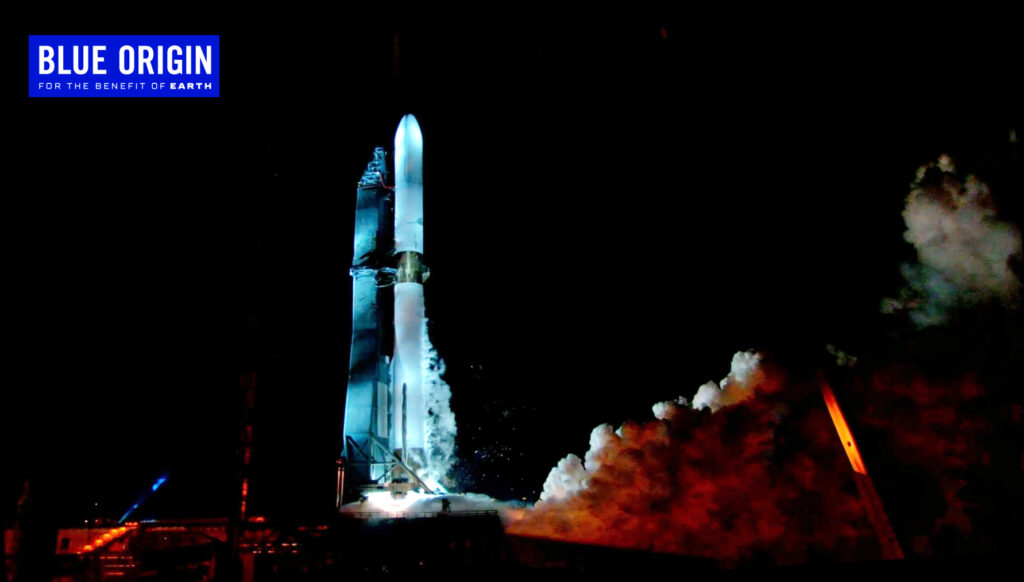
Blue Origin’s New Glenn has successfully completed an integrated launch vehicle hotfire test, the final major milestone on the firm’s road to first flight—NG-1 will carry a Blue Ring Pathfinder as its first manifested payload and will launch from Launch Complex 36 in Cape Canaveral, Florida.
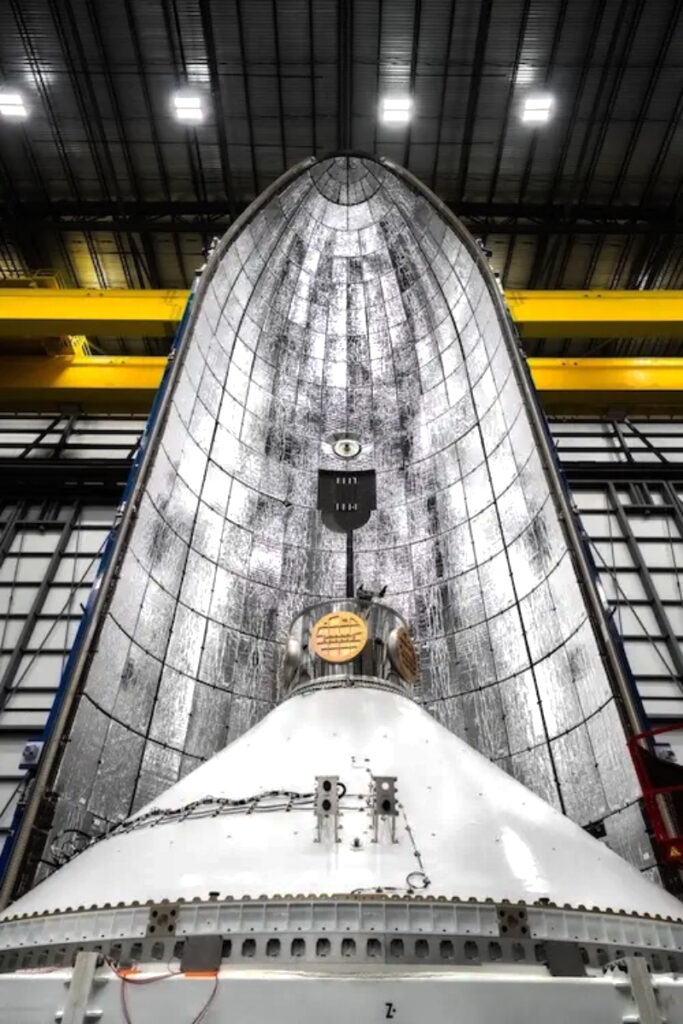
The seven-engine hotfire lasted 24 seconds and marked the first time we operated the entire flight vehicle as an integrated system. The multi-day test campaign leading up to the hotfire included numerous inert functional and tanking tests. The integrated launch vehicle included the first and second stages of the NG-1 flight vehicle, and a payload test article comprised of manufacturing test demonstrator fairings, a high-capacity fixed adapter flight unit, and a 45,000 lb payload mass simulator.
One of the primary goals of the test campaign was to demonstrate day-of-launch operations in our NG-1 test configuration. Additionally, the team conducted several tests to validate vehicle and ground systems in the fully integrated, on-pad configuration. This data will be used to finalize day-of-launch timelines, confirm expected performance, and correlate our models to real-world test data.
“This is a monumental milestone and a glimpse of what’s just around the corner for New Glenn’s first launch,” said Jarrett Jones, SVP, New Glenn. “Today’s success proves that our rigorous approach to testing–combined with our incredible tooling and design engineering–is working as intended.”
The tanking test included a full run-through of the terminal count sequence, testing the hand-off authority to and from the flight computer, and collecting fluid validation data.
The first stage (GS1) tanks were filled and pressed with liquefied natural gas (LNG) and liquid oxygen (LOX), and the second stage (GS2) with liquid hydrogen and liquid oxygen–both to representative NG-1 set points.
The formal NG-1 Wet Dress Rehearsal demonstrated the final launch procedures leading into the hotfire engine run. All seven engines performed nominally, firing for 24 seconds, including at 100% thrust for 13 seconds.
The test also demonstrated New Glenn’s autogenous pressurization system, which self-generates gases to pressurize GS1’s propellant tanks.
This test campaign captured a number of firsts for the New Glenn launch system, including the first seven-engine operations, the first integrated GS1-GS2 tanking demonstration, the first LNG/LOX fill for GS1, as well as first chilled helium operations for GS2.
The campaign met all objectives and marks the final major test prior to launch.
Blue Origin has several New Glenn vehicles in production and a full customer manifest.
Customers include NASA, Amazon’s Project Kuiper, AST SpaceMobile, several telecommunications providers, and a mix of U.S. government customers.
Blue Origin is certifying New Glenn with the U.S. Space Force for the National Security Space Launch (NSSL) program to meet emerging national security objectives.
